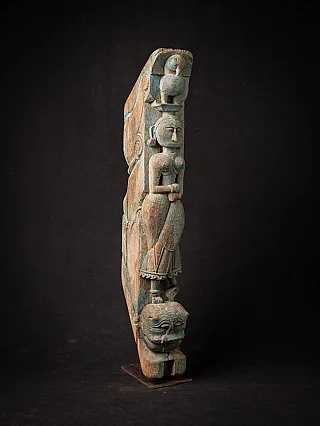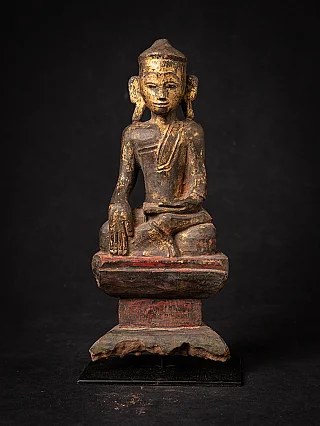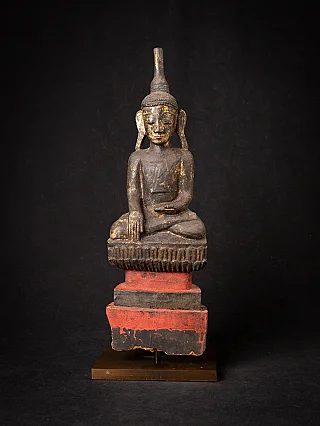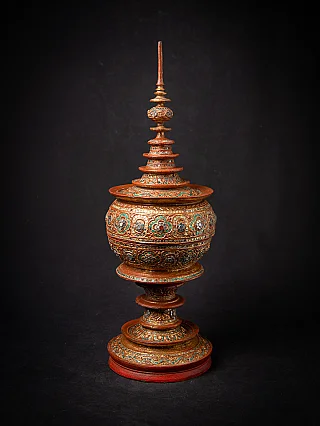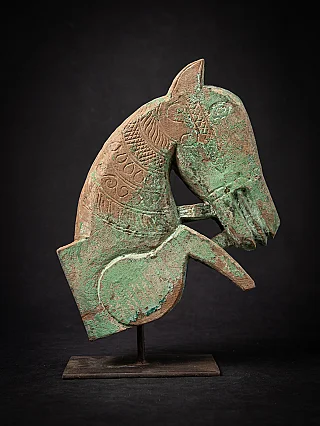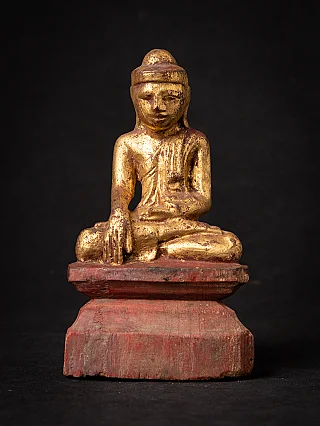Effects of Singing Bowl therapy on Mood, Tension, and Well-being

View our Buddha Statues in our gallery
As a next article, I would like to share the research article entitled "Effects of Singing Bowl Sound Meditation on Mood, Tension, and Well-being: An observational study." this article was published at 2017 on Journal of Evidence-Based Complementary & Alternative Medicine published by Sage Publication. The author of this article is Tamara L. Goldsby, Ph.D.; Michael E. Goldsby, Ph.D.; Mary McWalters, BA; and Paul J. Mills, Ph.D.
The research idea was generated when everyone was focused on the effects of meditation. But in order to get the benefits of meditation, one needs to learn the mechanism of meditation that may be complex for some people. So as an alternative, the authors set out to examine the possibility that merely lying down and listening to the high-intensity, a low-frequency combination of singing bowls, gongs and other instruments in sound meditation could induce the deep relaxation response and positively affect mood and sense of well-being, as in the meditation. Hence the purpose of this study was to examine further more on the possible effects of singing bowls and sound healing on mood, anxiety, physical pain, and spiritual well-being.
The Research

Participants
The participants for this research was chosen through convenience. All total, 62 participants participated in the research out of which 9 were males and 53 were females. The age range of the participants was 21-77 Yrs.
The research was conducted at 3 locations in California. They were the Seaside Center for Spiritual Living; the Chopra Center for Wellbeing; the California Institute of Human Science.
Research Design
Before participating in the research, the participants were asked about their demographics and addition to that questions regarding prior experiences with meditation or singing bowls, substance use, medications and herbal supplements were also asked. The standardized tests were administered before and after the research. The tests were- Profile of Mood States (POMS-SF) to administer tension, anger, and confusion; Hospital Anxiety and Depression Scale (HADS) to administer depressed mood and anxiety; and last one, Functional Assessment of Chronic Illness Therapy-Spiritual Well-Being Scale (FACIT-SP) to administer spiritual well-being.
Following the sound meditation, the participants were asked to complete a 2 item questionnaire- if they had fallen asleep and if they were currently experiencing any physical pain. If they were experiencing pain, they were asked to rate the level of pain on a scale of 1 to 5.
Arrangement
The participants were asked to bring yoga mats and to lie in such a way that the participant's head will point towards the musical instruments and will form a half circle. The musical instruments include Tibetan singing bowls, crystal singing bowls, gongs, Ting-shas, dorges, didgeridoos, and other small bells. The types of singing bowls used were large sized jambati singing bowls, small sized thadobati singing bowls. Each participant had at least 2 Tibetan singing bowls near their heads and a Tibetan singing bowl was also placed in the center of the room. Additionally, several crystal singing bowls were placed near the center of the room as well. All the singing bowls were played with the help of mallets.
The majority of musical instrument played during the session was singing bowls. It covered almost 95% of the session time while other musical instruments were played only for limited period of time that 5% of the total session time.
At the beginning of the session, the lead musician instructed the participants to lie down. They were also allowed to sleep if they wished to. He again told them to observe any sensation they felt in the body during the meditation without judging them. He told them to relax and enjoy the meditation.
View our collections of statues and arts in our gallery
Results and Discussion
It was found that there were significant differences between pre and post treatment conditions for all the subscale variables which were administered with the help of validated standardized test. It was recorded that participants in the age group 20 to 39 years showed the largest change in tension followed by the age group 40 to 59. It was recorded that both bowls nave and experienced bowl users had a significant reduction in tension, anxiety, and depressed mood.
Additionally, the research also studied the effects of the sound meditation on participant's level of physical pain. It was recorded that participants of age group 40 to 59 showed most significant effects from the meditation in physical pain reduction. It was also recorded that naive bowl user was found to have reduced feeling of physical pain than the experienced bowl users.
This research clearly shows that the sound produced from singing bowls have healing capacities and can be used for all age groups. The healing for tension will be more beneficial to the age group up to 39 while for the feeling of physical pain, the old age gets more benefits. This meditation technique is good for all the people even for nave because the people don't need to learn anything, they just need to listen to the sound and should feel comfortable during the session.
Share this page

















